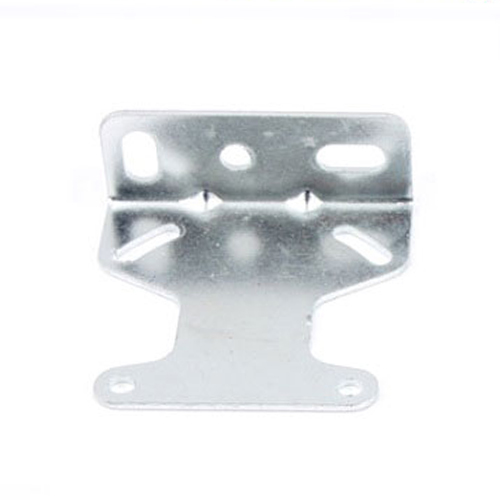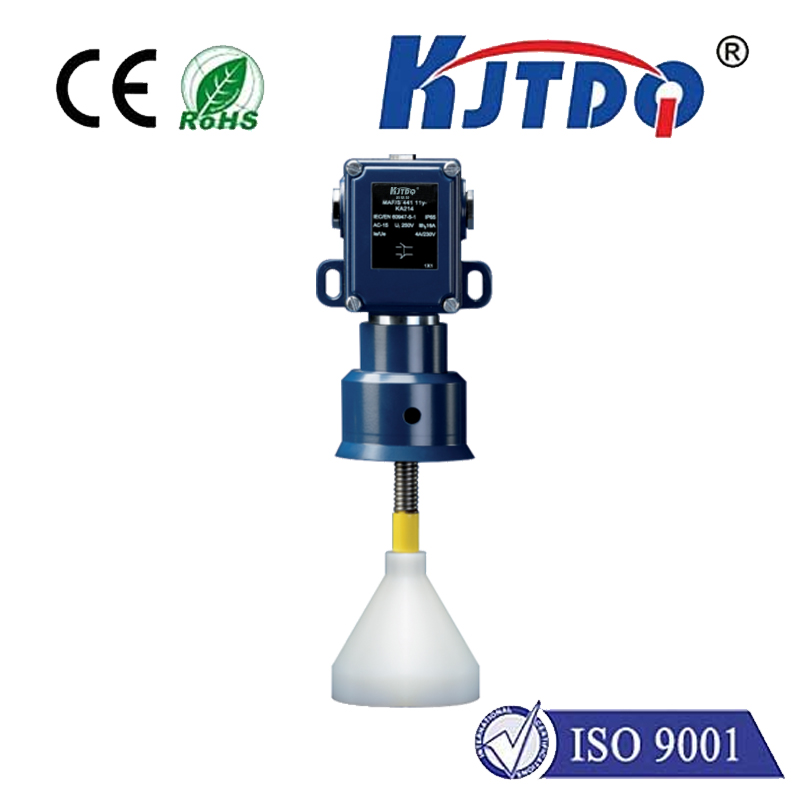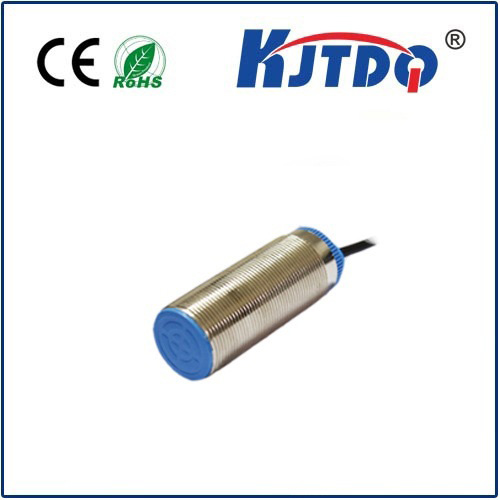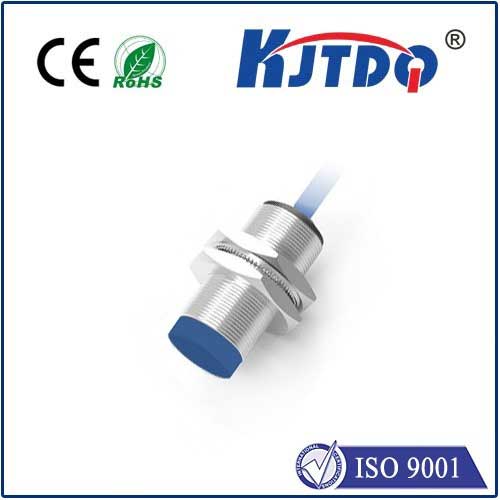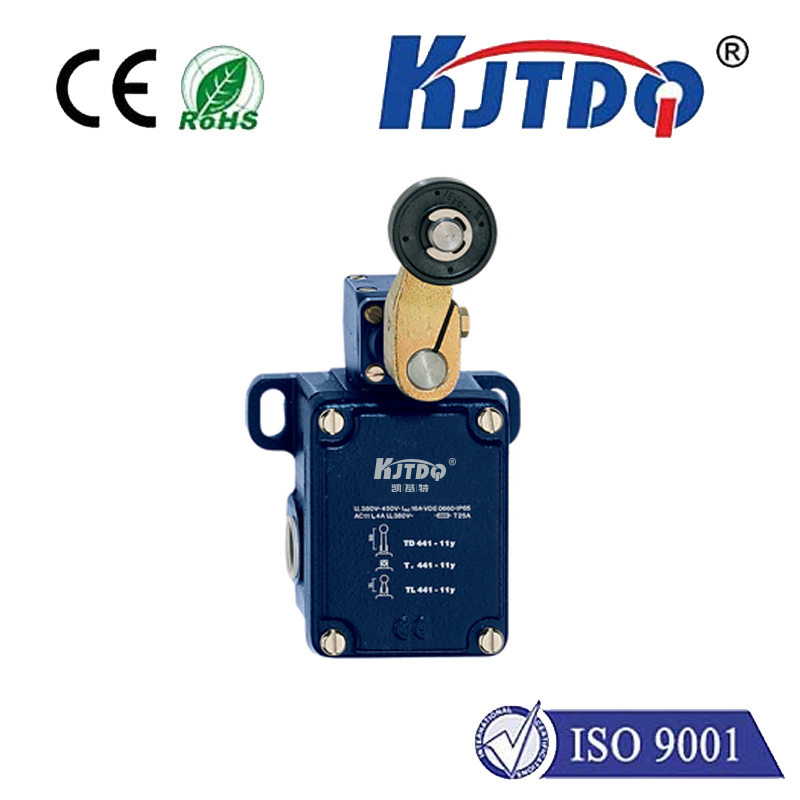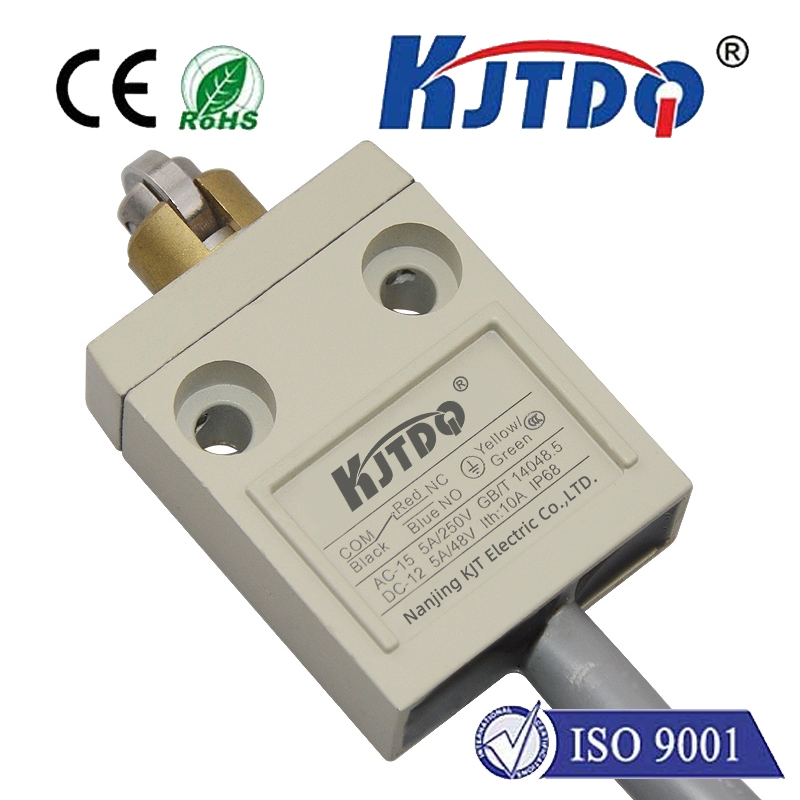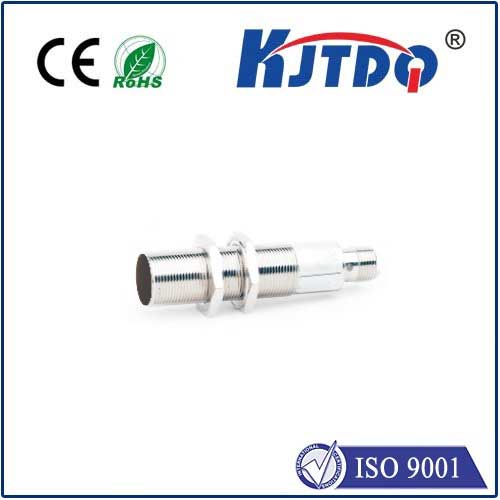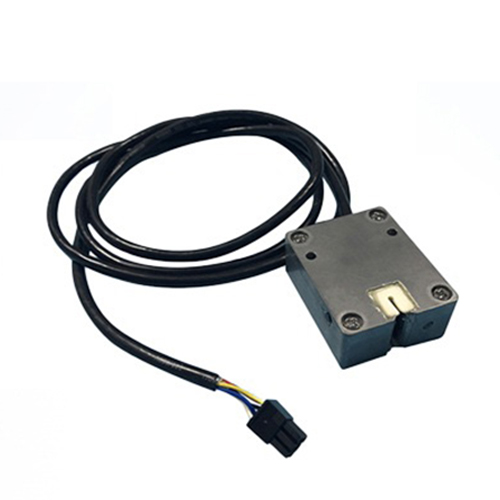clinac cs 7 limit switch
- time:2025-08-04 12:10:38
- Click:0
The Unsung Sentinel: How Limit Switches Ensure Precision in Your Varian Clinac CS 7
Imagine this: a patient lies on the treatment couch, relying on pinpoint accuracy from your Varian Clinac CS 7 to deliver life-saving radiation therapy. A fraction of a millimeter can mean the difference between eradicating cancerous cells and damaging healthy tissue. Now, picture a critical mechanical component, like the gantry or collimator jaws, moving just slightly beyond its designated safe range. The potential consequences – collisions, misaligned beams, or inaccurate dose delivery – are unthinkable. This is where a seemingly humble hero steps in: the limit switch. These vital, yet often overlooked, safety sensors are fundamental guardians of precision and safety within the Clinac CS 7 linear accelerator.
Demystifying the Clinac CS 7 Limit Switch
At its core, a limit switch is an electromechanical device designed to detect the physical presence of an object or the limits of its movement. Think of it as a highly reliable “stop sign” hardwired into the machine’s control system. Within the complex architecture of the Clinac CS 7, numerous such switches are strategically placed at critical junctures. Their primary mission is unequivocal: to signal when a moving component has reached its predefined maximum or minimum travel position.
The Critical Role Within the CS 7 Ecosystem

The Clinac CS 7 relies on intricate mechanical movements for its therapeutic function. Key areas where limit switches play a non-negotiable role include:
- Collimator Movement (Jaws & MLCs): Shaping the radiation beam precisely requires the X and Y jaws, or Multileaf Collimators (MLCs), to move within very tight tolerances. Limit switches define the outermost positions these components can travel. Reaching a jaw limit switch halts further movement in that direction, preventing potential jamming, mechanical stress, or – crucially – ensuring the beam is only shaped within the physically possible and calibrated range.
- Gantry Rotation: The massive gantry, housing the treatment head, rotates continuously around the patient during arc therapy. Limit switches are positioned at the 0°, 90°, 180°, and 270° points (typically within a few degrees tolerance). Hitting a gantry rotation limit switch stops the gantry immediately, preventing over-rotation that could strain cables, damage components, or collide with auxiliary equipment like imaging panels or the patient couch.
- Access Doors and Shields: Safety interlocks are paramount. Limit switches confirm the status of protective shielding and access doors. If a door designed to contain radiation scatter is not fully closed and verified via its limit switch, the control system will prevent beam activation, ensuring operator and patient safety.
- Field Light Assembly/Backup Pointer: Movement necessary for field size indication or backup pointer alignment is bounded by limit switches.
- Tray Slot Position: Ensuring a wedge or an accessory tray is correctly seated and locked is often confirmed by a limit switch.
Why Clinac CS 7 Limit Switches Are Absolutely Essential
The importance of these components transcends mere mechanics. They are vital for:
- Collision Prevention: This is paramount. Uncontrolled movement of the massive gantry, couch, or collimator assembly risks catastrophic collisions with the patient, immobilization devices, or other machine parts. Limit switches are the last line of mechanical defense against such events, triggering a hard stop.
- Precision & Beam Symmetry: Accurate jaw positioning is fundamental to beam characteristics like penumbra and symmetry. Movement beyond calibrated limits directly impacts dosimetric accuracy. Limit switches ensure jaws operate only within their calibrated physical range, safeguarding treatment precision.
- Machine and Component Longevity: Halting movement at the correct endpoint prevents mechanical components from being stressed or damaged by over-travel (e.g., motors straining, gears grinding, belts slipping).
- Patient and Staff Safety: Interlock systems rely heavily on limit switch status. Preventing beam-on when safety shields are open or components are out of position is a direct outcome of their function.
- System Reliability & Uptime: A faulty limit switch can cause unexpected faults (“Interlock” errors like GANTRY ROT LIM SW, COLLIM ROT LIM SW, or specific X/Y jaw limit faults) that halt treatment. Understanding and maintaining them minimizes disruptive downtime.
Recognizing the Whispers: When a Limit Switch Fails
Like any mechanical component, limit switches can degrade or fail. Be alert to these signs:
- Persistent “Limit Switch” Interlocks: If the console repeatedly displays errors specifically indicating a limit switch fault (e.g., “Y1 Jaw Min Limit Switch,” “Gantry CW Limit Switch”), it’s a primary symptom. Do not repeatedly reset without investigation.
- Inability to Move to Full Range: If the gantry refuses to rotate fully through 360° (stuck before 270° or 0°, for instance), or jaws won’t open/close to their maximum programmed size, a faulty switch might be falsely triggered, or the component might not be hitting the correct switch.
- Erratic Movement: Occasional, unexplained halts during smooth motion sequences might indicate an intermittent switch malfunction.
- Physical Damage or Contamination: Visual inspection might reveal broken actuator arms, switch bodies damaged by impact, or contamination (dust, oil, coolant) preventing reliable operation.
Best Practices for Maintenance: Keeping Your Sentinels Sharp
Preventing failures is always preferable to fixing them:
- Regular Preventive Maintenance (PM): Limit switches should be visually inspected and functionally tested during every scheduled PM. Technicians verify they are securely mounted, free from debris or fluid leaks, and activate reliably when the target reaches them.
- Gentle Cleaning: If accessible and safe to do so, carefully remove dust buildup around switches using dry compressed air or a soft brush. Avoid solvents unless specified, as they can damage components.
- Avoid Forceful Overrides: Manually forcing a mechanism past a tripped mechanical limit switch (e.g., pushing the gantry off its limit) is highly discouraged. This can damage the switch, the actuator, or the machine structure. Troubleshoot the cause of the limit being hit.
- Professional Calibration & Replacement: Limit switch adjustment or replacement is a precision task. Switch positions often relate directly to beam calibration parameters. Only qualified Varian service engineers should perform adjustments or replacements to ensure mechanical integrity and dosimetric accuracy are preserved. Post-replacement calibration checks are usually mandatory.
More Than Just a Switch
It’s easy to think of them as simple on/off buttons. But within the high-stakes environment of radiation oncology, the Clinac CS 7 limit switch is a fundamental component of the machine’s safety architecture and performance guarantee. They are the silent observers, the precise gatekeepers, ensuring that every intricate movement happens exactly where it should, and not a millimeter further. Their reliable function is woven into the very fabric of delivering safe,






